Soundstage vs. Imaging, in most equipment reviews we use these terms to describe what we are hearing with the assumption that most audiophiles and therefore our readers know what these terms refer to and mean. But, this is probably far from the truth, in fact, I know of at least one reviewer who doesn’t believe in soundstage, or at least doesn’t see that there is a difference between Soundstage and Imaging, and while I understand his argument, they are in fact two separate issues, and though I have written a great deal on the subject, I don’t think I have really laid out what that difference is. Ironically, as most audiophiles know, or at least those with an understanding of the recording industry, a large percentage of what we hear as Imaging and Soundstage is artificial. The reality of the situation is that only live two-mic recordings and live binaural recordings give you the real image and soundstage of the performance, and these are extremely rare (three-mic recordings are more common, but involve a certain amount of mixing, hence again artificial). Equally ironic, though a two-channel loudspeaker system, properly set up, can give you an excellent simulation of the original soundstage and image, only a pair of In-Ear Monitors and a live binaural recording can give you the actual image and soundstage (In-Ear Monitors actually mirror the microphones in a binaural recording, whereas headphones are external to the ear which would induce minor changes to the soundstage, and to mirror the microphones of a two mic recording using a two-channel loudspeaker system, the speakers would need to be omnidirectional, and placed in the same place as the mics of the original recording in the same venue). Interestingly enough, the artificial aspects of imaging are mostly intentional, and mostly involve the recording and mixing process of the original recording, though there are plenty of devices in the playback chain that can enhance or degrade the image, not to mention the set-up and environment of the playback system, whereas the intentional artificial aspects of soundstage on the recording side involves delay and reverb (in fact, the only other consideration of soundstage on the recording side, in general, is the acoustics of the recording environment, which may vary from instrument to instrument on a multi-track recording), which can also exist on the playback side via hardware or software, while the unintended artificial aspects of soundstage can be induced throughout the recording/playback chain with each component adding to or subtracting from the soundstage, including such things as whether the recording is pure analog, sample rate, and digital filtering (Brickwall filters add a pre-ring and post-ring to the signal, in other words, reverb, echo, and/or delay).
So what is the difference? Imaging is the placement of the musicians in a three-dimensional field, which can fairly easily be manipulated in the studio by adjusting the volume, equalization, delay, and phase of each individual instrument (or at least, each individual recorded track), while soundstage is the room, it is the reflected sound of the surrounding walls which undergoes a change in phase and tone as well as delay, based on the shape and size of the room (which in turn causes secondary and tertiary, and so on reflections) which play an important part of creating the illusion that you are listening live vs. recorded music.
And now for the Music:
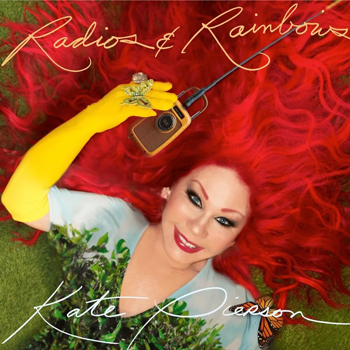
Kate Pierson is probably my favorite late ’70s female New Wave singer, and one of a dozen or so performers that initially turned me on to New Wave, so seeing her new album “Radios & Rainbows” (24-bit/44.1kHz – Qobuz) on Qobuz meant I had to give it a listen. The opening track “Evil Love” reveals that at age 76, none of the intensity of her voice has dissipated over the years. The album continues in the vein of the B-52’s blending of modern sound with ’60s bubble gum pop. Listening to “Take Me Back to the Party” you would think you are hearing a bubbly teenager rather than a geriatric grandmother. “Every Day is Halloween” has a hint of that alien “Planet Claire” sound and is one of the catchier tunes. From that point, every song seems to be better than the last, though it would be hard to say a particular one was my fav. “The Beauty of it All” put me in mind of Adam and the Ants. The title track “Radios and Rainbows” is a call to arms with a hopeful bend, as is “Higher Place” with a funk flavour. While “Always Till Now” has a nostalgic, autobiographical love story taste.
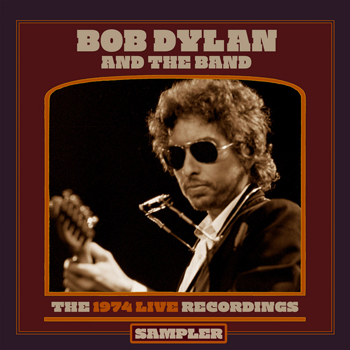
The next thing to catch my eye was Bod Dylan and The Band’s “The 1974 Live Recordings Sampler” (16-bit/44.1kHz – Qobuz) and as the name suggests, it is a selection of different live performances from 1974. It is a mix of favorites and less well-known tracks from his first tour in eight years to herald the release of “Planet Waves”. The highlight of the album is probably the alternative version of “It Ain’t Babe (Live at The Forum, Inglewood, CA – February 13, 1974)” which is an upbeat, Honky-Tonk take on the tune. Some might object to the rushed fast-paced rendition of many of the classics, but it is hard to argue with the Funk beat rendered to “Highway 61 Revisited (Live at Madison Square Garden, New York City, NY – January 31, 1974 (Afternoon))”.
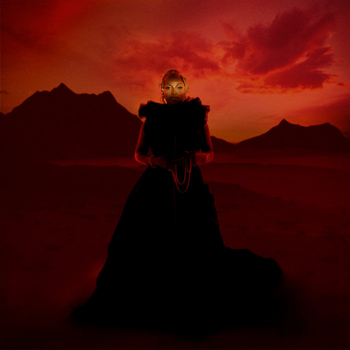
“Dawn” from “Odyssey” (24-bit/96kHz – Qobuz) by Nubya Garcia opens with an orchestral Big Band/Bond Theme feel and slowly morphs as the Modern Improvisational Jazz elements creep in. The fresh and spectacular compositions that follow are thrilling, layered, and complex with positively tasty sax, piano, bass, and percussion. Every track is different, unique, and fantastic exhibiting a wide range of stylistic approaches. This is definitely an album that won’t bore.
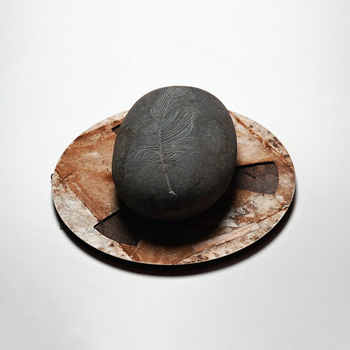
If you notice the occasional pop, click, warble, or other artifact in “Carve the Runes Then Be Content With Silence” by Composer Erland Cooper (24-bit/96kHz – Qobuz) it is intentional, as he buried the only recording in 2021 in Orkney to be discovered as part of an artistic treasure hunt. The enchanting mix of Classical Music and recited poetry is offered up as a single 31-minute 41-second track and broken up into 10 individual movements.
And that wraps this month, stay tuned and remember it’s all about the music.
Reference system used in this review: LSA VT-70 Tube Integrated Amp, Audio-gd R2R-1 DAC, Black Dragon Cables, Core Power Technologies A/V Equi=Core 1000, Vera-Fi Audio VBH-1 (Vibration Black Hole) isolation feet, XSA-Labs Vanguard Loudspeakers, two Veri-Fi Audio LLC Vanguard Caldera 10 Active Subwoofers, and Dan Clark Audio E3 Planar Magnetic Headphones
HiFiAudio.Guru Playlist: https://open.qobuz.com/playlist/10673532

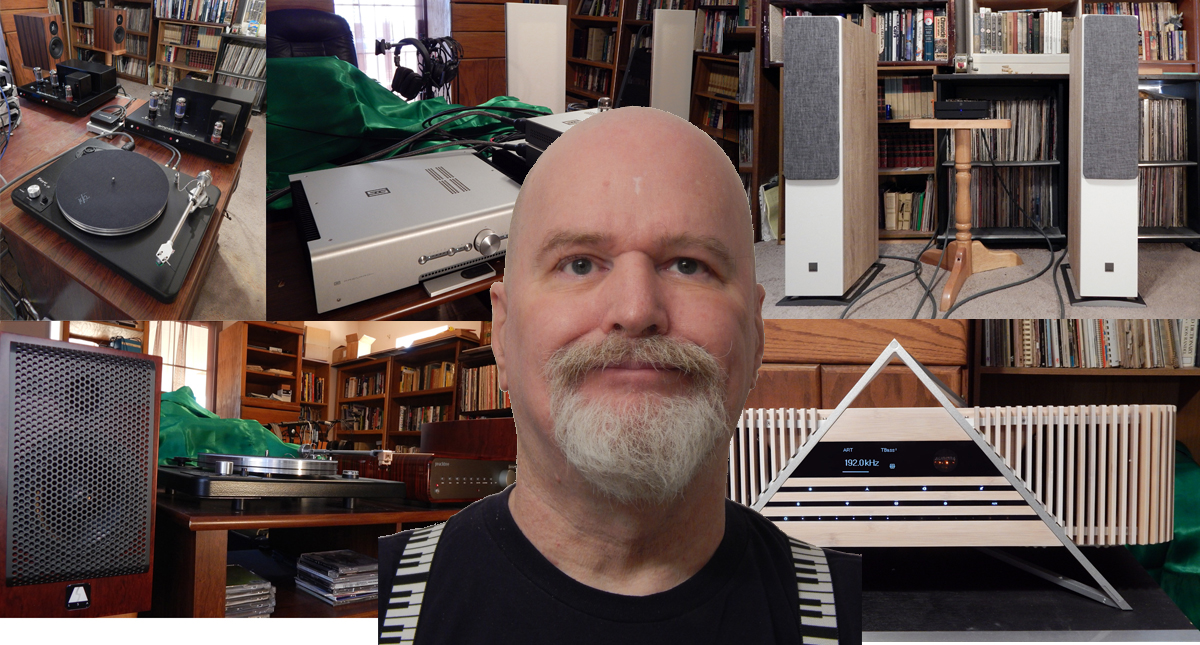






Leave a Reply
Want to join discussion?
Feel free to contribute!